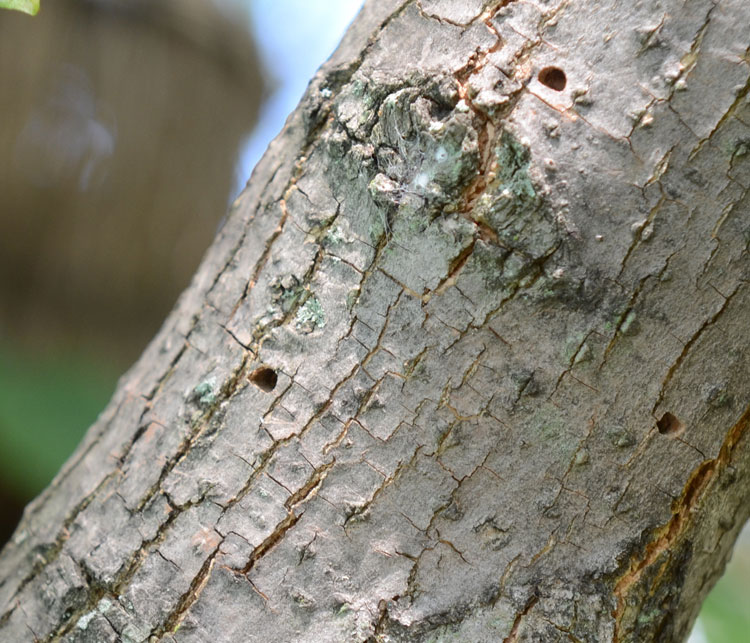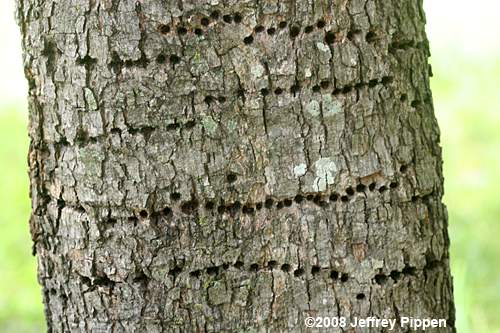rms61moparman
Addicted to ArboristSite
Yesterday a neighbor enlisted me to cut up a bunch of limbs that had broken off in the latest ice storm.
One of the trees that was damaged was a Bradford Pear.
While splitting the larger pieces with my splitter last evening I noticed the trunk was riddled with what looks exactly like EAB holes.
Does the Ash Borer attack any trees besides the Ash?
Is there some other critter that bores into Bradford Pears?
Is there anything we can do to eliminate them?
I'm certain that the rest of the tree is the same way.
The section that was broken off is about a third of the entire tree and he mentioned trying to save the rest.
Thanks for any help, and I did try the search but didn't find anything.
Mike
One of the trees that was damaged was a Bradford Pear.
While splitting the larger pieces with my splitter last evening I noticed the trunk was riddled with what looks exactly like EAB holes.
Does the Ash Borer attack any trees besides the Ash?
Is there some other critter that bores into Bradford Pears?
Is there anything we can do to eliminate them?
I'm certain that the rest of the tree is the same way.
The section that was broken off is about a third of the entire tree and he mentioned trying to save the rest.
Thanks for any help, and I did try the search but didn't find anything.
Mike






